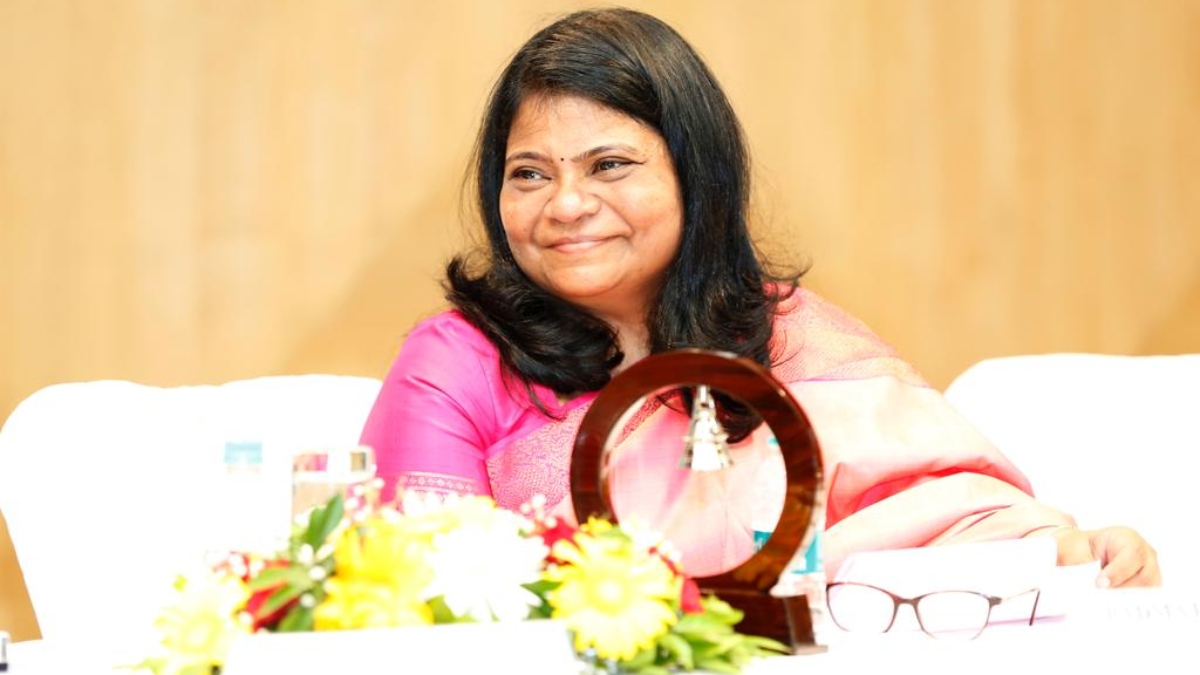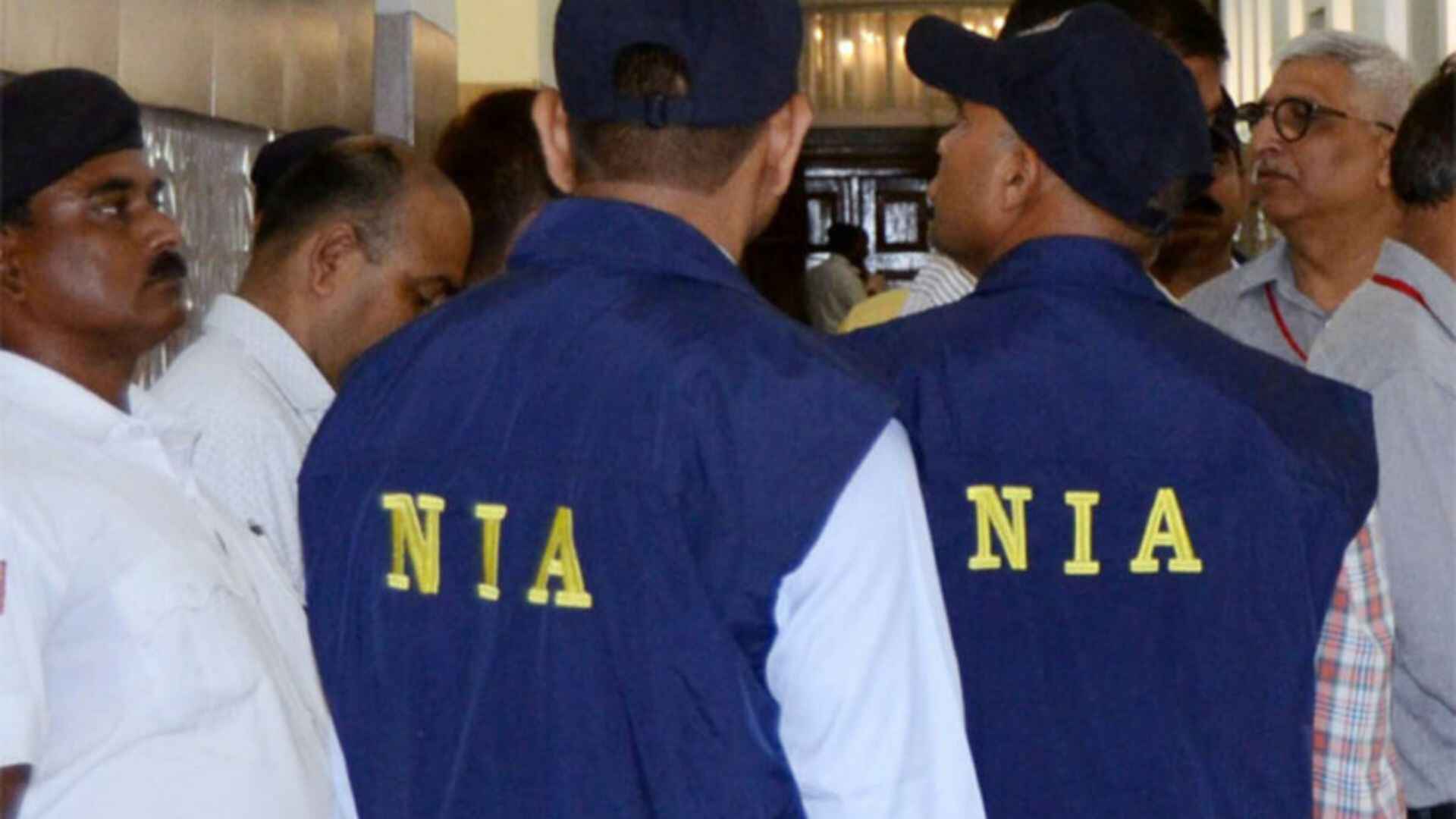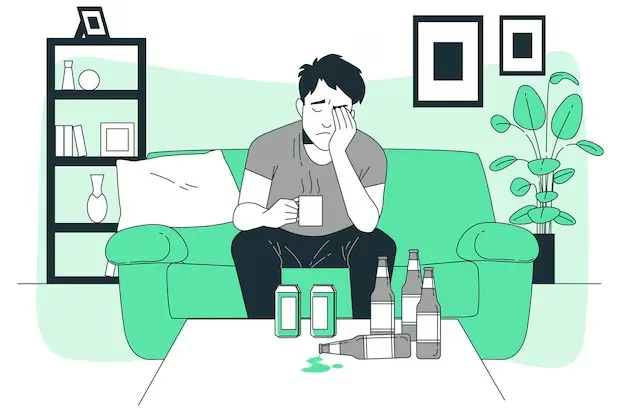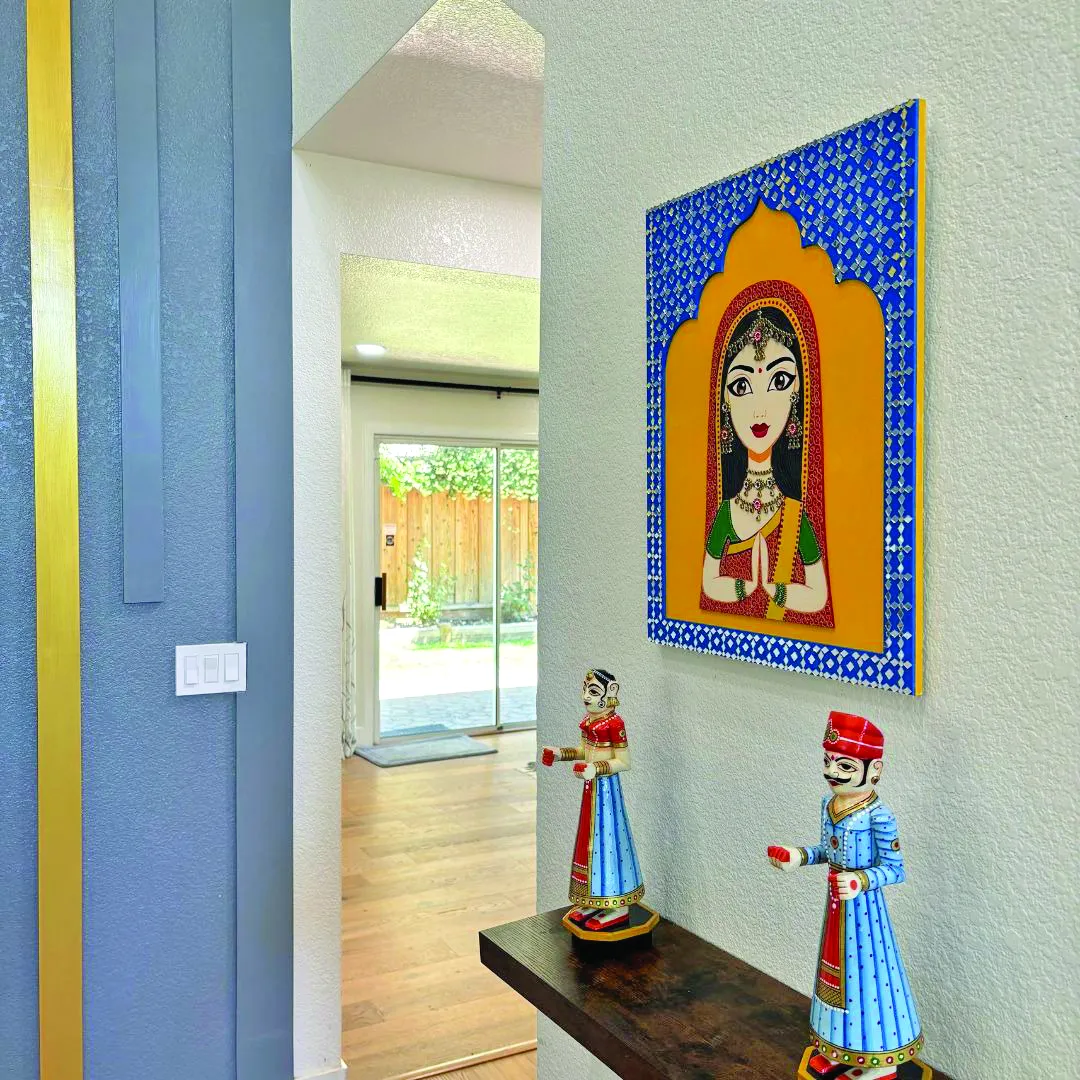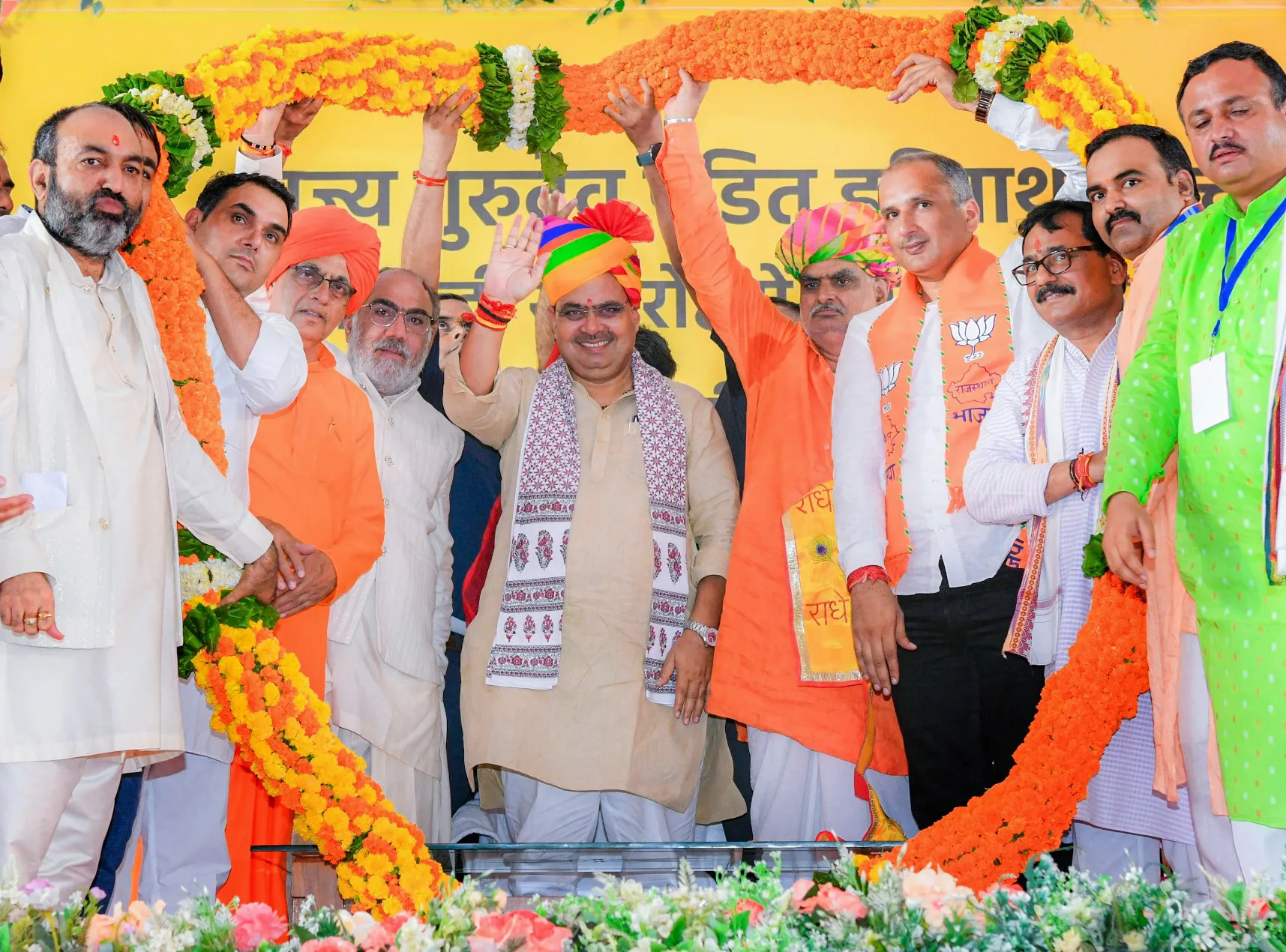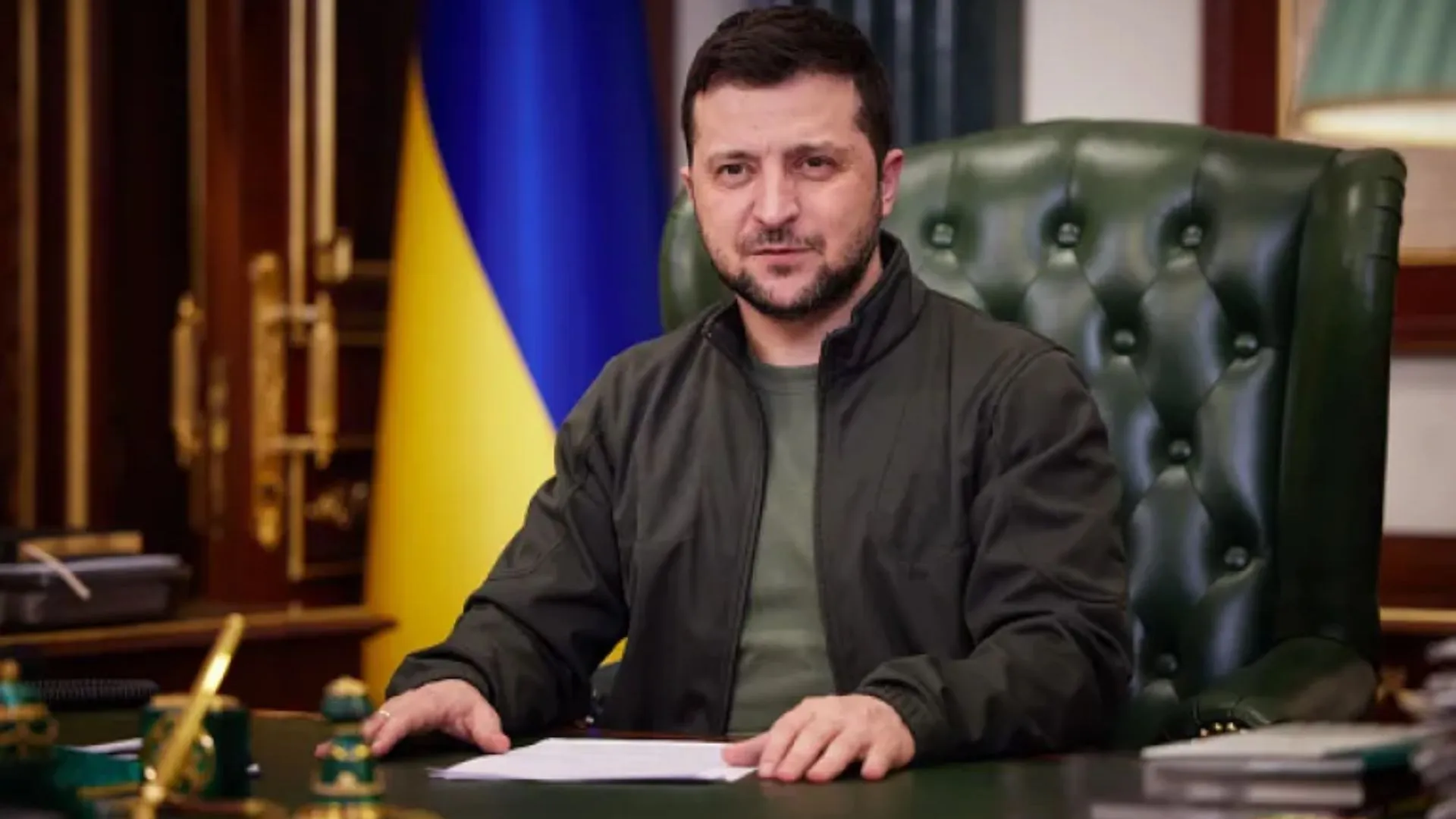Establishing herself as a first-generation entrepreneur, Padmaja Reddy started her microfinance organisation, Spandana, after searching for a scalable, viable, sustainable model of social development.
While working with her past organisation, Reddy happened to meet a rag picker, which changed her direction. “After my post-graduation in management, I worked in an NGO as a deputy-director and later, in 1998, started Spandana. In my past office, I had a chance interaction with a rag picker, where she narrated her ordeals. I had asked her about the business, and she said that business is very diminutive because people do not understand the value of this scrap,” says Reddy.
“She earned Rs 60 per day and told me that, by evening, she was left with only Rs 20. On asking what happened to the remaining Rs 40, she said that she was using a pushcart and paying a rent of Rs 10 for it. When asked about how long she had been doing this business for, the woman said that she had started it when she was 12 years old and had been doing it for the past 14 years. She had paid over Rs 40,000 as rent for the cart that would have cost Rs 1,500 had she bought the same. She had also said that she had been borrowing Rs 270 every day and paying back Rs 300 on the same day to the moneylender and that she was obligated to sell the scrap to him at a price lower than the market price.”
Reddy says, on hearing about the rag picker’s miseries and losses, “I enquired on whether she would be able to repay the loan in case she is given a loan. Upon assurance from her, a loan of Rs 2,000 was given from the NGO.” Reddy says that the news about that loan spread like wildfire. “After two days, about 300 women came to the NGO office to request for a loan. They were promising that they could repay the loan without any default and wanted relief from the clutches of greedy moneylenders.”
“After seeing this demand, and convinced by the impact that this small loan could create on a rag picker’s livelihood, I decided to scale up and extend support to other such women who are being exploited by moneylenders and struggling to make both ends meet. As I could not scale up in that organization, I quit and started Spandana in 1998,” says Reddy.
Reddy also speaks about the work insights into the livelihoods of the poor and an insatiable appetite for sustainable market-linked solutions. “That was the first time I came to know about microfinance organizations like Grameen Bank. We started giving loans to poor women who cannot receive a loan from the banks. Banks ask for collateral on their payments, but the women don’t have any collateral, they don’t live in a house, they live in a small factory. And again, banks cannot just give up these small loans.” Reddy explains, “We operate in that particular segment, among low-income women, where we organize them into small groups and they give a guarantee to each other and we grant them loans.”
On building the largest microfinance institution in India and the 6th largest across the globe, Reddy shares how her education also helped her in this journey. “I did my post-graduation in Business Administration and, subsequently, a number of diplomas from different countries. I did a project management course in Berlin and pursued various training programs on microfinance. I did a course on Microfinance at Naropa University, USA, Credit and Micro Enterprise Development Training from Durham University Business School, UK Market Research for Microfinance in Uganda and a Masters from Harvard Business School.” All these different courses helped Reddy understand how microfinance organizations across the globe are functioning and helped her establish her own empire, while providing a sustainable model for low-income women.
After all these years of making a positive impact on the lives of many women entrepreneurs, Reddy tells us about how much work still remains. “We have given loans to over one crore women in the last 22 years and cumulatively dispersed about Rs 50,000 crores. However, India is so large that we have 130 crore people in terms of households and there are over 25 crore households.
Microfinance organizations together are able to reach out to only 50% of the low-income women and households. So, the other 50% is still left,” says Reddy.
On a concluding note, Reddy stresses on her future goal and says, “Presently, we are operating only in 18 states and 280 districts. But there are 90,000 villages and hence there is still a lot to be done to improve the socio-economic status of the millions of poor families in India.”

